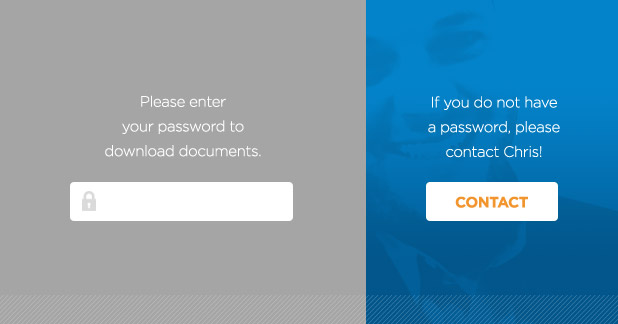Why Ignoring Problems Costs More Than Facing Them
Let’s be honest:
If there were an actual elephant in your office, your living room, or your team meeting – you’d say something. You wouldn’t just step around it, pretend not to notice, and carry on with your day. And yet…that’s exactly what happens in most organizations. Unspoken truths. Avoided conversations. Polite silence around glaring problems.
So what’s the cost of that silence – and what happens when we finally speak up?
We’ve all heard the phrase “the elephant in the room”—that obvious, uncomfortable truth everyone sees but no one wants to acknowledge. As a counselor and consultant, I often use this analogy to help clients reframe the hidden costs of avoidance in their personal and professional lives. But what if we took the metaphor further? What if we truly considered what it means to live and work with an elephant, day in and day out, in our most important spaces?
The True Weight of Avoidance
Imagine an actual elephant occupying your office or living room. The effort required to pretend it isn’t there is staggering. You’re constantly maneuvering around it, cleaning up after it, and using up your resources to keep it fed and watered. Its noise drowns out your conversations and disrupts your thoughts. The smell is overwhelming, yet you act as though nothing is amiss. Meanwhile, your possessions are trampled, your routines upended, and outsiders can’t help but notice the chaos, even if you’re trying to keep up appearances.
Ignoring the elephant isn’t just exhausting, it’s unsustainable. This act of collective denial is a classic example of cognitive dissonance: the mental toll of holding two conflicting beliefs (knowing there’s a problem but pretending there isn’t). Over time, the cost of maintaining the illusion far outweighs the discomfort of addressing the issue directly.
The Iceberg Beneath the Elephant
The elephant is only the tip of the iceberg. Beneath the surface lies a host of overlooked truths:
- Elephants don’t belong indoors. Forcing them to stay comes at a cost to you and everyone around you.
- Their presence disrupts communication, damages relationships, and drains resources.
- Others notice the problem, even if you pretend they don’t, and may lose respect or trust as a result.
- The behaviors we model (ignoring problems, teaching others to do the same) can perpetuate dysfunction across teams, families, and organizations.
- Left unchecked, elephants reproduce. One ignored issue often leads to more, compounding the damage.
Counting the Real Cost
Many leaders and teams fall into the trap of thinking that removing the elephant, confronting the uncomfortable truth, will be too disruptive or costly. But what’s rarely considered is the cumulative toll of avoidance: wasted time, depleted energy, strained relationships, and lost opportunities for growth. As discussed in my recent post, “The High Cost of Silence: Why Addressing the ‘Unsaid’ is Critical for Effective Leadership,” the price of silence is often far greater than the temporary discomfort of honest conversation.
Restoring Honesty: From Awareness to Action
So, how do we break free from this cycle and restore honesty in our organizations and relationships?
- Acknowledge the Elephant: The first step is admitting there’s a problem. This act alone can relieve tension and open the door to meaningful change.
- Assess the True Impact: Take stock of the emotional, relational, and financial resources being spent on avoidance.
- Model Transparency: Leaders set the tone. By naming the issue and inviting open dialogue, you encourage others to do the same.
- Create Safe Spaces: Foster an environment where concerns can be voiced without fear of reprisal. Psychological safety is essential for surfacing and resolving the real issues.
- Commit to Resolution: Removing the elephant may require tough conversations or structural changes, but the long-term benefits of renewed trust, restored energy, and improved performance are worth it.
Conclusion: Don’t Let Elephants Multiply
 Ignoring the elephant in the room doesn’t make it disappear. In fact, it often leads to more elephants and more chaos. By facing uncomfortable truths with courage and clarity, leaders and teams can reclaim their energy, strengthen relationships, and unlock new possibilities for growth.
Ignoring the elephant in the room doesn’t make it disappear. In fact, it often leads to more elephants and more chaos. By facing uncomfortable truths with courage and clarity, leaders and teams can reclaim their energy, strengthen relationships, and unlock new possibilities for growth.
If you’re ready to start addressing the “unsaid” in your organization, I encourage you to read my previous post,
The High Cost of Silence: Why Addressing the “Unsaid” is Critical for Effective Leadership
where I share evidence-based strategies for fostering open communication and building a culture of trust.
It’s time to stop feeding the elephant and start making real progress.
For more insights on leadership psychology and organizational health, explore our full library of resources and join the conversation on creating high-performing, honest teams.














0 Comments